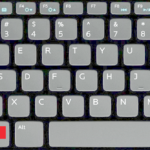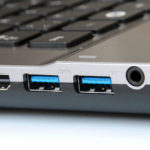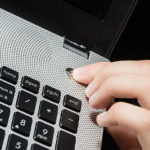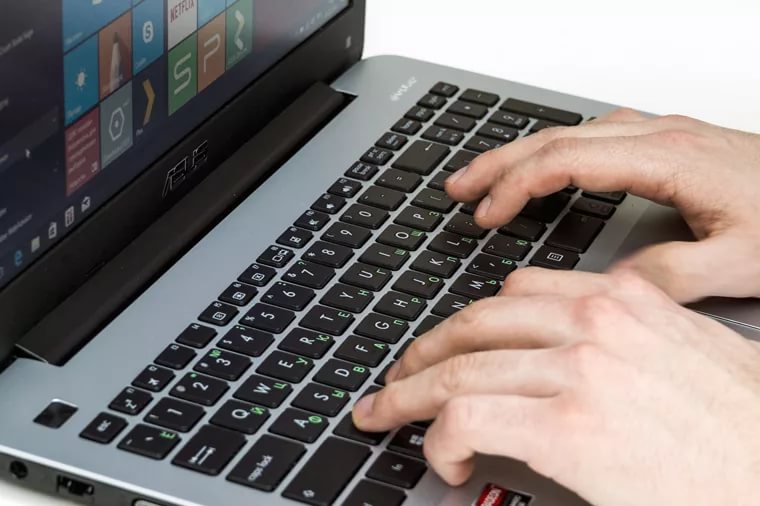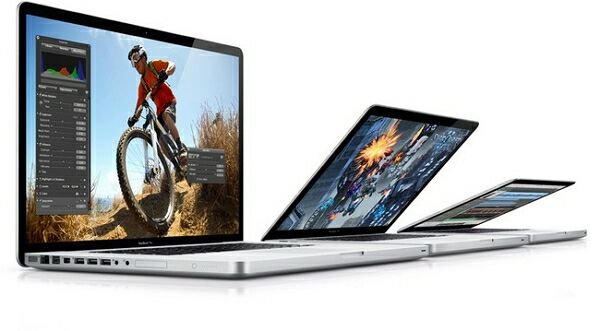USB ports on laptop not working
Probably, almost every user has encountered a problem when the USB ports on a laptop stop working. In some cases, the Windows system itself refuses to recognize them. Further in the article, options for solving this problem will be considered, as well as the reasons why this happens.
The content of the article
Why don't the USB ports on my laptop work?
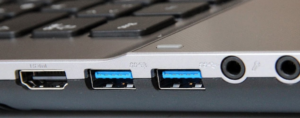 The causes of problems can be completely different, let’s take a closer look at the main ones:
The causes of problems can be completely different, let’s take a closer look at the main ones:
- Connectors are clogged with dust or other small objects. This happens often because they do not have protective caps.
- Damage to the cord: microcracks, kinks.
- System failure when updating the operating system or installing unlicensed software.
- The driver settings responsible for the connection have failed.
The laptop does not see usb: what to do
 The first step should be to check the ports for physical damage. To do this, you can simply connect the drive to the port and check how well it moves in the connector. In this case, the product will have to be replaced with a new one.
The first step should be to check the ports for physical damage. To do this, you can simply connect the drive to the port and check how well it moves in the connector. In this case, the product will have to be replaced with a new one.
If the connection is strong, rebooting the system should help. The device will be re-scanned, and it is quite possible that the hardware will be detected. It should be remembered that in order to perform certain actions to eliminate the problem, you must work under an administrator account.
If this is not a personal device, then most likely you are already signed in. If the computer is working, then you may have to call a programmer. To resolve the problem automatically, click the Fix the problem link.
Recommendations will appear in the window that appears. The interface may only be available in English. However, automatic fixing also works on other versions of operating systems. The problem-solving program can be easily downloaded onto any PC, then saved to a flash drive and run on the problematic device.
ATTENTION! After each action performed, check the problem to see if it has been resolved. If the recommendation doesn’t work, then feel free to move on to the next one.
USB ports on laptop stopped working
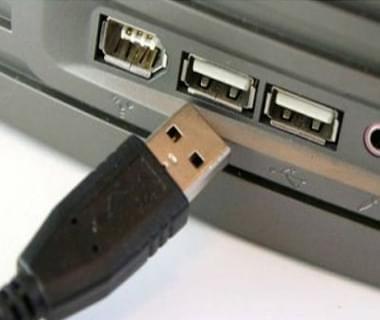 Sometimes the cause of failures may be problems with the motherboard. The fact is that the BIOS system can both activate and deactivate ports. In this case, you should go to the BIOS, select the “USB Configuration” item and check the appropriate boxes to enable the ports.
Sometimes the cause of failures may be problems with the motherboard. The fact is that the BIOS system can both activate and deactivate ports. In this case, you should go to the BIOS, select the “USB Configuration” item and check the appropriate boxes to enable the ports.
An outdated driver may be causing the problem. It may take a few minutes to update to the new version. If you cannot solve the problem yourself, then it is better to entrust the replacement or repair of the controller to a service center.
REFERENCE! Resetting the BIOS settings helps make sure the USB ports are connected.
In some cases, ports do not work due to the simple reason that they are overloaded if several gadgets are used at the same time. The USB drive cannot provide them with the necessary energy. The device can be left in the connector by removing the remaining devices from the capacitor.
How to enable USB ports on a laptop
 A more difficult task for the average user will be working with the Device Manager application, which contains information about all devices connected to or installed on the device. This way you can monitor the settings and adjust them.
A more difficult task for the average user will be working with the Device Manager application, which contains information about all devices connected to or installed on the device. This way you can monitor the settings and adjust them.
Follow the instructions:
- Right-click on the file explorer icon and select the “manage” section. In the Utilities folder, find Device Manager. You can also start the application by finding it through the start button or by using the key combination “Windows + R” followed by the command devmgmt.msc.
- Next, check the entries of the universal bus sequence controllers. The “USB Host Controller” entry must be present.
- Use the hardware configuration update button. Using this command, the laptop will independently check all equipment and update it.
- If the problem persists, you will have to remove each host controller. After restarting, the laptop will be forced to reconfigure the controllers and, possibly, correct the flaw in the operation.
- If there is no USB folder in the registry, you can easily create it by going to the Services section. Next, just right-click on the empty space and create a folder.
The methods proposed in this article help you diagnose ports and eliminate the cause of the problem yourself and at home. After all, USB devices are at the peak of popularity, and in order to use them, the corresponding connectors must be in working condition.

